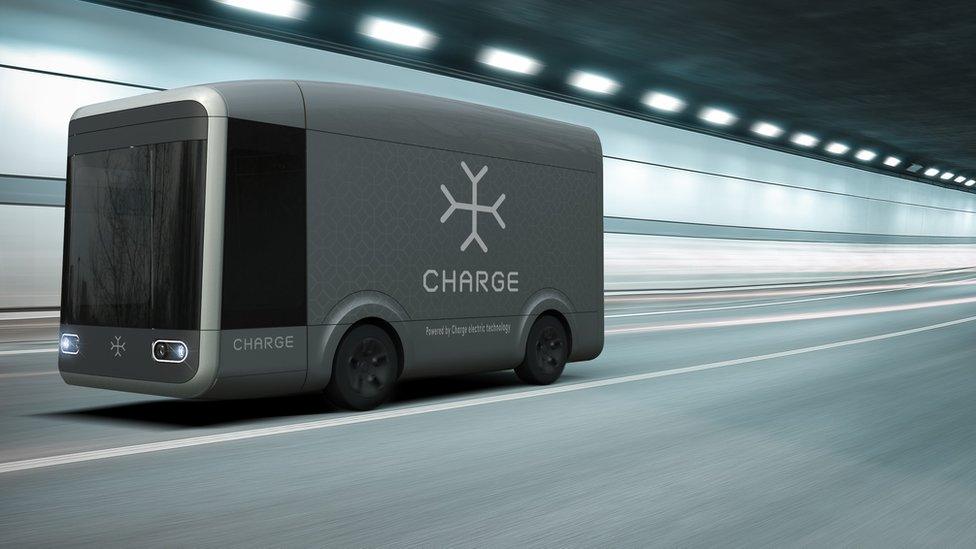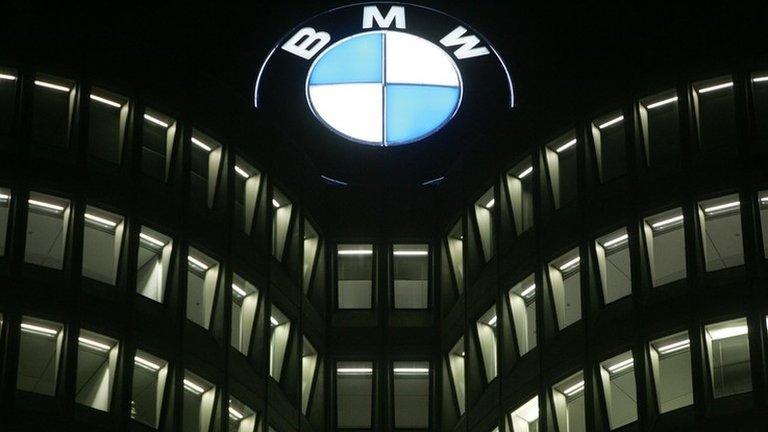US demands electric cars make noise at low speed
- Published

Electric and hybrid vehicles make far less noise than cars with internal combustion engines
A US road safety body has demanded that electric cars travelling at low speed make a noise to warn pedestrians.
The National Highway Traffic Safety Administration (NHTSA) said the rule was needed because battery-powered vehicles are very quiet.
It said the rule would particularly help blind pedestrians, or those with a visual impairment, detect electric cars and hybrids on the road.
The new safety rule could help prevent 2,400 injuries a year, said the NHTSA.
Danger sense
The rule demands that the cars make a noise when travelling either forwards or backwards at speeds of less than 30km/h (19mph). The regulation covers vehicles with four wheels that weigh less than 10,000 pounds (4.5 tonnes).
The safety specification requires car makers to use a two-tone signal similar to that currently emitted by heavy vehicles when they are reversing.
At higher speeds, said the NHTSA, tyre and wind noise would be loud enough to alert people to the presence of a vehicle.
"We all depend on our senses to alert us to possible danger," said Anthony Foxx, US transportation secretary, in a statement.
He added that it had become more important to hear vehicles as quieter hybrid and electric cars become more popular.
Car makers have until 1 September 2019, external to make changes to ensure that all new vehicles are fitted with sound systems to generate the noise. However, it added, half of those on the road one year before the deadline must comply with the rule.
Eric Bridges, director of the American council of the Blind, said it welcomed the adoption of the safety rule and said it would provide an "additional safety cue for all pedestrians who share the streets with hybrid or electric vehicles".
In Europe, car makers have until 1 July 2019 to fit all new models of hybrid and pure electric vehicles with its mandatory Acoustic Vehicle Alerting System (AVAS), while all existing models have another two years to have it installed.
- Published2 November 2016

- Published4 November 2016

- Published1 April 2016
- Published1 July 2016
